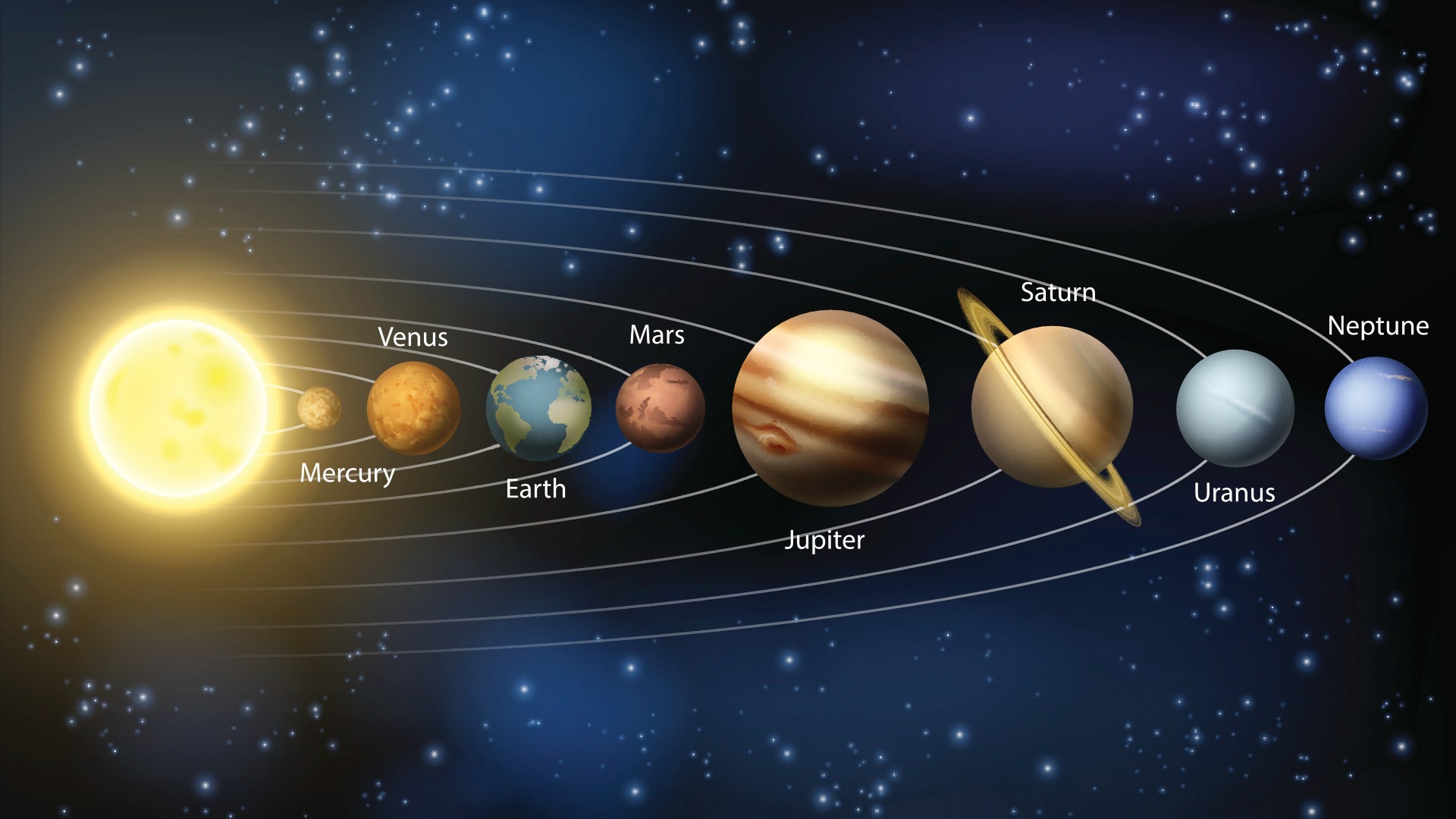

They have the net effect of spinning the long axis of the ellipse of a planet or a moon’s orbit. And those corrections do a surprising thing. But they are corrections that can’t be ignored, if we want to do precise measurements. In the equation, the one over distance squared behavior is still the most important. Mathematically, we can write it with a more complicated equation for gravity with more terms.

In reality, it falls off as a mix of the distance squared, and the distance to the fourth power, and even the distance to the sixth power. It no longer falls off as one over the distance squared. It turns out that the changes in the shape of the Sun and planets affect the shape of the gravitational field as well. Why does this matter? It matters because it changes the shape of the gravitational field by a little bit. Learn more about the myths of orbital motion. However, since the Sun is the dominant thing in the solar system, we have to be careful about assuming its small distortion doesn’t matter. The Sun also experiences such an effect, although it is extremely tiny. This effect is biggest for Saturn, but all of the planets experience this effect except for Mercury and Venus, which rotate too slowly to distort. For Saturn, that means that the polar diameter is about 109 million meters, while the equatorial diameter is larger, about 120 million meters. We can see how that works by imagining how a flexible hoop distorts as it is spun faster and faster around an axis across its diameter. It is what we call an oblate spheroid, which means that the distance from North to South Pole differs from its distance across the equator. Saturn is a big ball of gas that spins very quickly, its day is just 10 hours long, and it’s distorted.

Saturn is clearly not a point-like mass, nor is it spherical. Learn more about what the world gets wrong about science. Newton’s universal law of gravity, which he used to show that the orbit of planets should be elliptical, was based on the idea that he could ignore the shape and sizes of the stars and planets, and that the strength of gravity weakened as the square of the distance between the two objects, and those ideas are true to a large degree. Is the impact of orbital motion significant in these cases? All planets, except Mercury and Venus, and the Sun experience a distortion while they rotate. The oblateness of the Sun doesn’t have much of an impact on the solar system, but there is greater impact between planets and moons. This happens due to the oblateness of planets and stars. They move by a very small degree after every completed loop. By Don Lincoln, Ph.D., University of Notre Dame The orbits of planets aren’t simple ellipses.


 0 kommentar(er)
0 kommentar(er)
